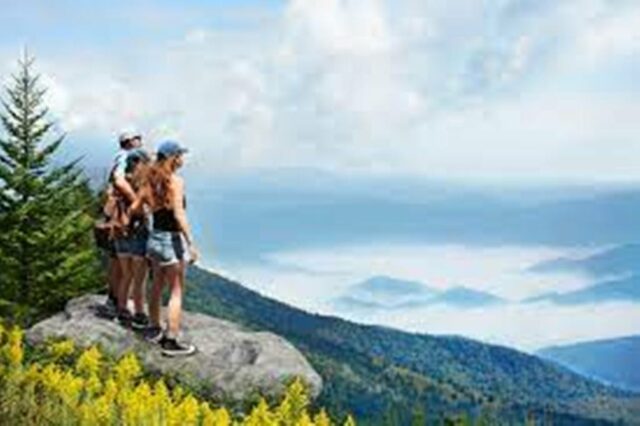Making small piles of stones has become fashionable in many places on the coast and in the mountains, but it is a practice that is harmful to nature and biodiversity, as the Center for Ecological Research and Forestry Applications (CREAF) has recalled on social networks.
Although milestones with stones used to mark paths and in some cultures are religious symbols, the fashion of making sculptures by making little piles of stones defying balance has become so widespread that ecologists have come forward to warn that it is not a harmless activity.
The doctor in Ecology from the UAB and CREAF researcher Carles Castell Puig has warned in the CREAF blog that “the stones in the soil have multiple functions that are essential for the functioning of many ecosystems” and regrets that in recent years “with absurd fashions and the increase in tourists, the mounds of stones have invaded valleys and mountains, beaches and shores, coasts and peaks”.

To try to put a stop to this activity, Castell recalls that stones on the ground are “essential”, especially in ecosystems subject to extreme conditions, such as drought, salinity, wind, soil scarcity, erosion, where vegetation is usually scarce and scattered.
“In these places, the stones retain soil moisture, favor the germination of seeds and the rooting of plants, provide small spaces of shade and constitute an essential refuge and shelter, especially during the day, for many species of invertebrates” , explains the ecologist.
“We have the example of the Akis bremeri beetle, a threatened beetle endemic to the dunes of the island of Formentera, which needs the space under the stones both for the development of its larvae, which find moisture and food there, and for the adults, which They use it as a shelter in the sunnier hours, or the best-known lizard from Formentera, Podarcis pityusensis”, he puts as examples.

Habitat Of Many Species
In fact, in some places informative signs have already begun to be placed asking visitors not to make heaps of stones because they are not a natural element nor are they part of a traditional culture and they alter the landscape.
Castell recalls that “in some protected areas they already inform visitors that the stones on the ground are the habitat of many species, some very rare and threatened, which find under them a humid and protected space essential to develop their life cycle.”
“When we arrive and we have the idea of sweeping away the stones and stacking them artistically, we do not exactly help to conserve space, since we totally transform the natural habitat. If you allow me to joke, it is as if we forced the poor plants and animals, accustomed to living in a small town with low floors, to adapting to an environment much more similar to Manhattan,” he adds.
Go through natural places leaving as little trace as possible
The ecologist encourages all people “to go through the places leaving as little trace as possible, calmly, breathing deeply, feeling the breeze and the aromas, knowing, respecting and enjoying the landscapes and customs of each place”.

“There really is no need to leave our personal touch wherever we go. A touch, on the other hand, that does not usually have anything personal, since we have usually seen it in a post by the instagramer influencer on duty,” he concludes the ecologist, who also encourages “letting off steam kicking the piles of stones that you find and then try to leave the pebbles well distributed on the ground”.

